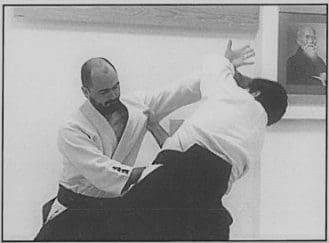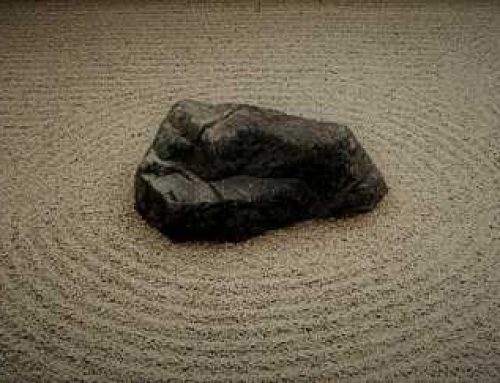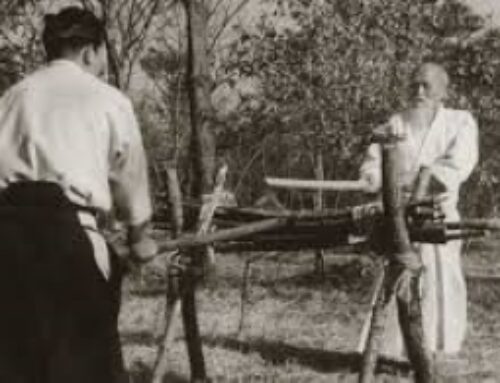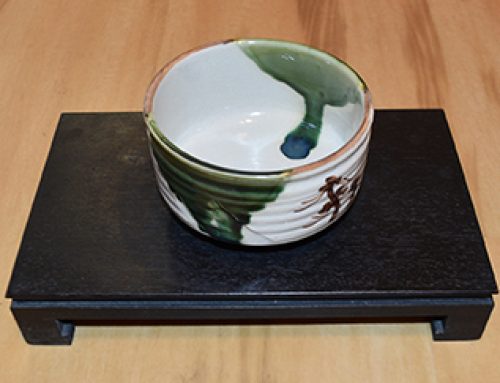Defined as “strike,” the term Atemi contains dual purpose for the Aiki-Deshi (student of Aikido). While arts such as Karate are primarily based on Ate Waza (striking technique), Aikido finds its foundation in Nage-Katame Waza (throwing/immobilizing technique), supplemented only periodically by the use of Atemi. The majority of Atemi in Aikido are directed toward Suki (openings) in vital points of the body for the primary purpose of distracting and unbalancing the attacker. The secondary purpose can be found on the other end of the spectrum, wherein Atemi may be utilized as a finalizing blow in the termination of the entrapped attacker. This secondary purpose may be difficult to comprehend in the context of Aikido, until we consider that the predecessors of Aikido evolved from a background imbued with the arts of Shinken (live sword) and Yari (spear), which often culminated in the dispatching of the adversary. Today, in most Aikido Dojo (training hall), the finalizing applications of Atemi are no longer taught, and rightfully so, in light of our present social structure. However, it is disturbing to note that too often the proper usage of distracting/unbalancing applications of Atemi are also being overlooked. This form of Atemi must not be ignored for it is of vital importance to an integrated understanding of Aikido. Utilized at the wrong time or the incorrect manner, Atemi can be a hindrance in the application of technique, but when employed properly, Atemi endures as an authentic and durable principle in Aikido training.
Reprinted with permission from ‘Aikido In Training’ – Copyright Cool Rain Productions 1993, 2002.
Click here to visit the Cool Rain Store here now to get Crane Sensei’s DVDs and book!






